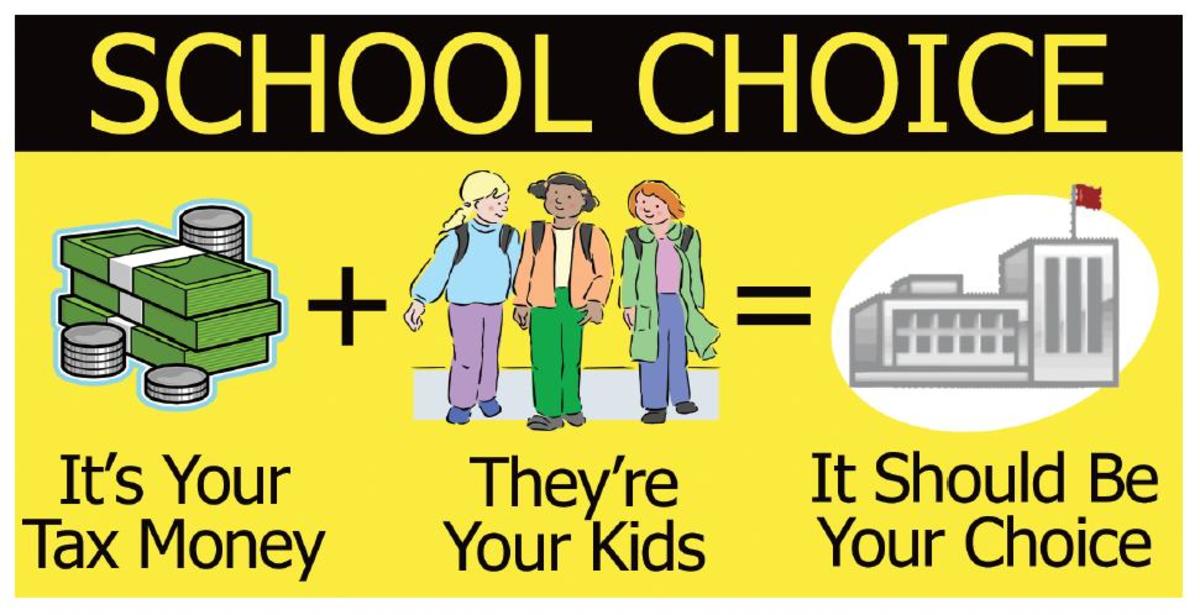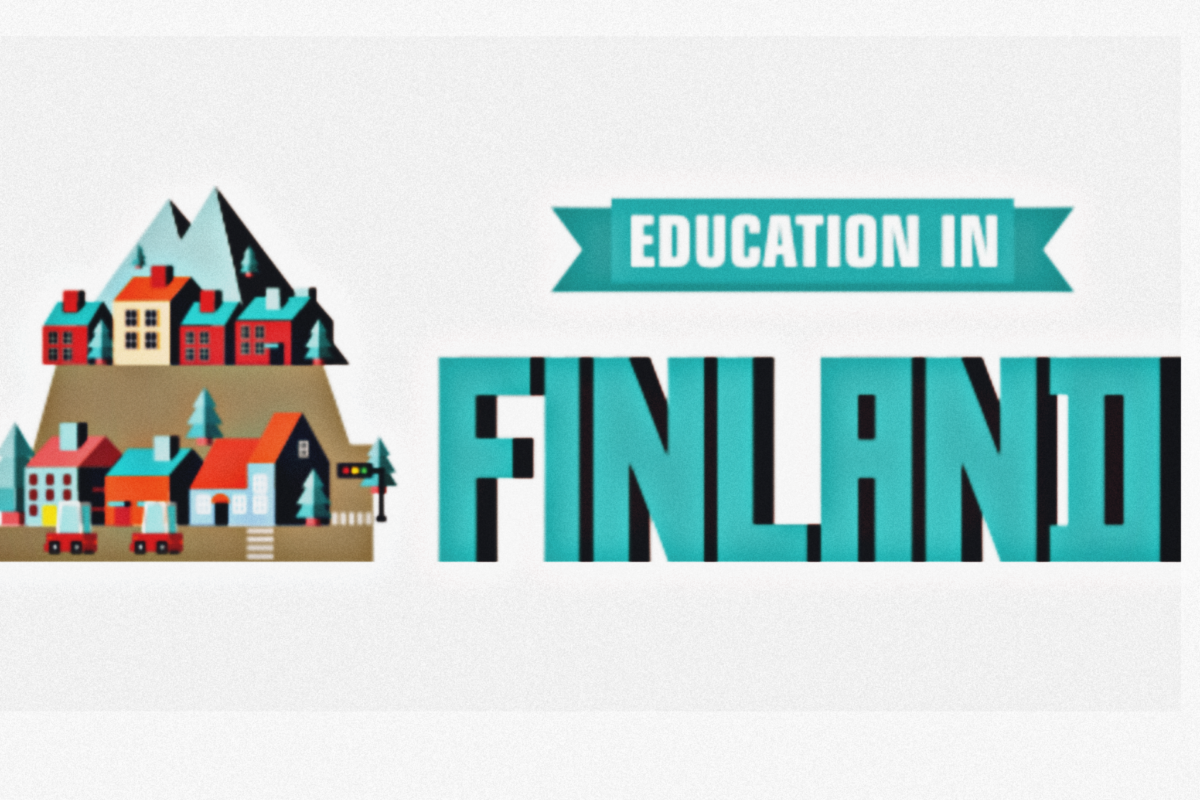American Schools Aren't Failing; Our Economy Is

People with an ideological and profit making agenda are lying, misrepresenting and ignoring facts in order to turn America’s schools into profit making centers. Private enterprise is about making money, not educating students. The bottom line is that private and charter schools need to make money for their share-holders, CEOs, and board of directors. That means whatever can be done to make money comes first. Educating students comes second, if at all. Education is just a by-product of collecting vouchers, state and national grants and student fees. Private and charter schools also use public funds for their profit make ventures.
People investing in charter schools get special tax breaks. “Thanks to a little discussed law passed in 2000, at the end of Bill Clinton’s presidency, banks and equity funds that invest in charter schools and other projects in underserved areas can take advantage of a very generous tax credit – as much as 39% -- to help offset their expenditure in such projects. In essence, that credit amounts to doubling the amount of money they have invested within just seven years…This is, no doubt, why many big banks and equity funds are so invested in the expansion of charter schools. There is big money being made here -- because investment is nearly a sure thing.”
The National Alliance for New Charter Schools is not shy about their main motivation for promoting Charter Schools: “The New Markets Tax Credit (NMTC) was established as part of the Community Renewal Tax Relief Act of 2000 (P.L. 106-544), to stimulate private investment and economic growth in low-income urban neighborhoods and rural communities.” Their support for charters schools is a tax dodge first, and perhaps a profitable investment later. Not only do they take public funding, but charter schools ask for tuition in many cases.
For example, “Great Hearts Academies operates out of Arizona, where they survive not just on public funding that would normally go to public schools but also on mandatory fees as well as contributions from students' families, pricing Great Hearts out of reach for most San Antonio families. In other words, upper-middle class Anglos are finally getting a taxpayer-subsidized private school.”
Private and charter schools also benefit financially because they don’t have to meet some of the legal standards of the local school districts nor hire certified teachers. They get those exemptions with the stipulation that they will test their students more vigorously to meet goals set by state and federal governments. Thus, they are also profit generators for test making companies like McGraw-Hill and Pearson VUE.
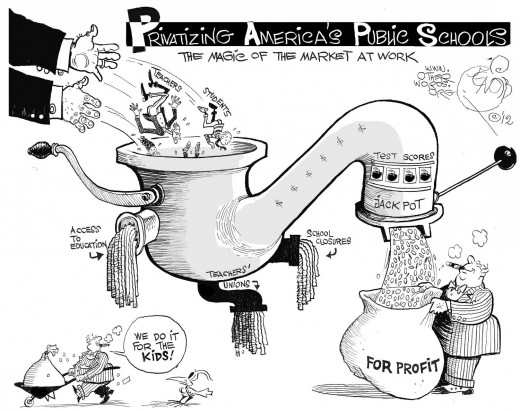
There is evidence that charter schools push out low scoring students…“many of the charter schools with the best test scores and the highest college attendance rates also have high attrition. A 2008 study of five KIPP schools in the San Francisco Bay area revealed that 60% of KIPP students left during their middle school years. So the schools most often touted as proof that charters are the key to helping all children reach high standards—don’t help all students.”
There is also evidence that both charter and standard public schools will push out low performing students to keep their test results high enough to meet state testing goals and not lose funding. Very little difference in push out rates is found between charter and standard public schools in some studies. Whether charter schools push out more students or not, in either case, children are being left behind in the name of test scores.
Private schools select their students through exams. Thus they get better educated students who do well at testing. That leaves fewer student dollars for the public schools and charter schools. The students from poorer schools stay in the poor schools, for they typically can’t score high enough to transfer to the private schools. “These schemes are not designed to cure what ails under-performing schools. They are designed to shift tax dollars away from schools serving black and poor students; displace authentic black educational leadership; and erode national commitment to the ideal of public education.”
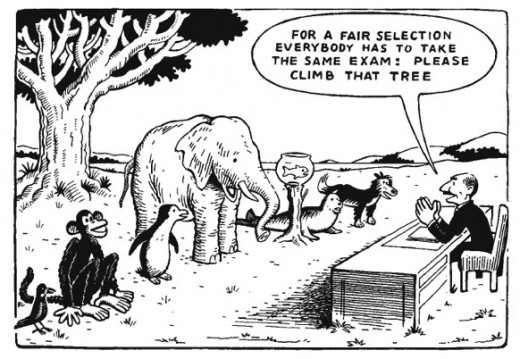

A lie we hear over and over from politicians and "reformers" is that you “can’t throw money at the problem” of public schools. We hear that from people who are not educators, from people who live in zip codes with an adequate tax-base to fund public schools and those who send their kids to private schools.
If throwing money at the problem isn’t a solution, why do better funded schools in higher property tax areas have higher graduations rates, send more kids to college and have higher academic and SAT scores than poorly funded schools with low tax bases? If you believe the “throwing money” myth, you must also believe that richer children are just genetically adapted to be educated while poor kids aren’t, and school funding doesn’t matter.
Studies on school funding have determined that “The quality of the education provided by a school is a function of the funds available to attract and keep qualified teachers, to provide relevant resources to aid teachers as well as students, and to maintain and enhance teaching facilities.” It’s clear money matters. “The quality of the education provided by a school is a function of the funds available to attract and keep qualified teachers, to provide relevant resources to aid teachers as well as students, and to maintain and enhance teaching facilities.”
If public schools are so bad, why do so many countries with public schools and few or no charter schools beat us in educational outcomes in statistical models educational “reformers” use to show how bad our schools are?
The highest ranking school system in the world according to the international PISA tests, Finland, has no charter schools. Like number two ranked South Korea, private schools in Finland and elsewhere are supplemental after school and tutoring programs and not substitutes for public schools. Apparently, the Finnish don’t need the dubious charter schools in their system to be exemplary.
Despite the evidence that shows charter schools are no better, and sometimes worse, than regular public schools, those who push charter schools are undeterred. Moreover, statistics show that public schools do better with poor students. “It is clear from the results of this study that overall, charter schools are underperforming at the core level of their mission—student excellence and achievement. The data clearly show that public schools are doing a better job offsetting the effects of poverty on education than their charter school counterparts.” (ibid) Why not replicate what works in public schools so all schools are better, not just a few private schools most parents can’t afford?
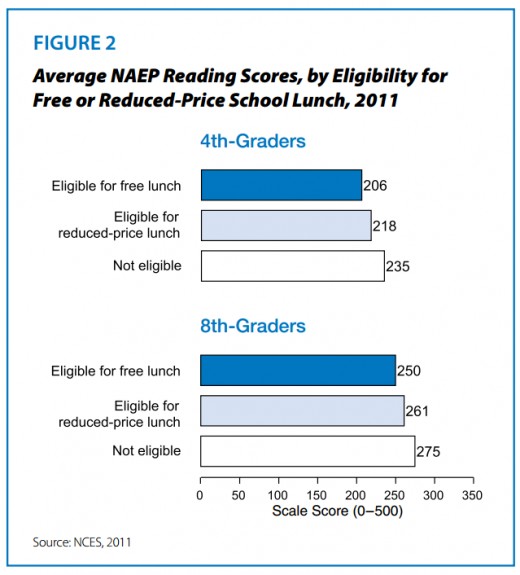
Even on the dubious high-stakes test rankings, the U.S. fails at it’s own game, PISA, the Programme for International Student Assessment. “The biggest factor in how well kids do in school is not quality of teachers, variety of programs, class size, access to computers or how often pizza is served in the cafeteria. No, it’s socioeconomics.”
It is obvious that children in lower income households, homes with two working parents or a parent working more than one job, a home with parents who did not go to college, a home with few books and a parent who has no time to read to them, will be disadvantaged in school. But advocates of private and charter schools don’t concern themselves with socioeconomic conditions of students, for that interferes with the bottom line. To this point, when normed for poverty level, the United States ranks number one on PISA scores. For example, when comparing nation to nation areas that have lower than 10 percent child poverty, U.S. children score the highest. It is true for all economic brackets; the U.S. scores better. We hear “America’s falling behind” in regards to schools. However, while there is always room for improvement in our schools, it's clearly not our schools that are falling behind. The problem is that America’s falling behind in income equality.
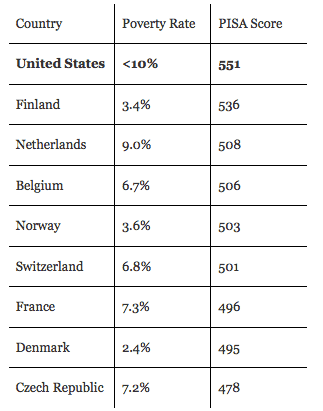
Peace,
Tex Shelters

